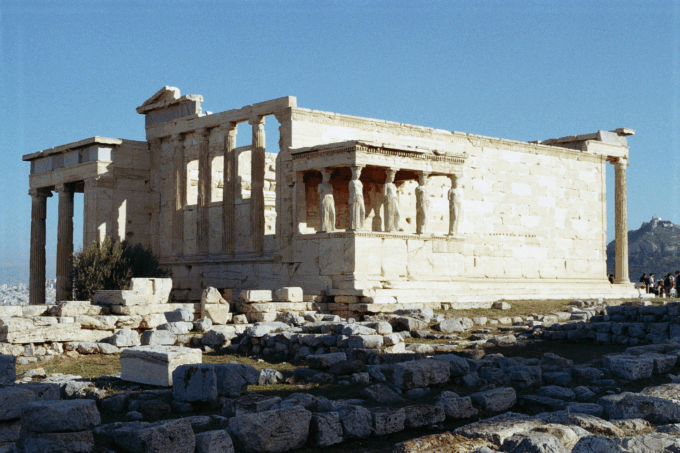- Home
- Articles
- Architectural Portfolio
- Architectral Presentation
- Inspirational Stories
- Architecture News
- Visualization
- BIM Industry
- Facade Design
- Parametric Design
- Career
- Landscape Architecture
- Construction
- Artificial Intelligence
- Sketching
- Design Softwares
- Diagrams
- Writing
- Architectural Tips
- Sustainability
- Courses
- Concept
- Technology
- History & Heritage
- Future of Architecture
- Guides & How-To
- Art & Culture
- Projects
- Interior Design
- Competitions
- Jobs
- Store
- Tools
- More
- Home
- Articles
- Architectural Portfolio
- Architectral Presentation
- Inspirational Stories
- Architecture News
- Visualization
- BIM Industry
- Facade Design
- Parametric Design
- Career
- Landscape Architecture
- Construction
- Artificial Intelligence
- Sketching
- Design Softwares
- Diagrams
- Writing
- Architectural Tips
- Sustainability
- Courses
- Concept
- Technology
- History & Heritage
- Future of Architecture
- Guides & How-To
- Art & Culture
- Projects
- Interior Design
- Competitions
- Jobs
- Store
- Tools
- More
Greek and Roman Classical Architecture
Ancient Greece and Rome gave rise to classical architecture, which is distinguished by symmetry, columns, rectangular windows, and marble, to name a few. Throughout the ages, architects have drawn inspiration from these civilizations and incorporated traditional values into later architectural forms. In a broad sense, every architecture that is descended from the ancient Greeks and Romans can be considered classical. In this article, we will talk about the Greek and Roman classical architecture.

Table of Contents
ToggleWhat is Classical Architecture?
Ancient Greece and Rome gave rise to classical architecture, which is distinguished by symmetry, columns, rectangular windows, and marble, to name a few. Throughout the ages, architects have drawn inspiration from these civilizations and incorporated traditional values into later architectural forms. In a broad sense, every architecture that is descended from the ancient Greeks and Romans can be considered classical. In this article, we will talk about the Greek and Roman classical architecture.
In the continuation of the article, you will find many details on the characteristics of classical architecture, how it emerged in history, and the effects of Roman and Greek architecture on the classical architectural period.

Emergence of Classical Architecture in History
In the 5th century BC in Greece and the 3rd century AD in Rome, classical architecture was built. Over time, the look underwent numerous revivals. Romanesque architecture was being restored by architects throughout the Italian Renaissance. Greek architecture was revived by Pompeii excavations centuries later in Europe. Greek Revival, the equivalent architectural style, gained popularity. Greek proportion and structural soundness were major themes in this design.

For a very long time, roughly from the Renaissance to the rise of modernism, classical architectural styles dominated Western architecture. That is to say, during a significant portion of Modern history, architectural endeavors in the West were thought to be primarily inspired by ancient antiquity, at least in theory.
Classical Greek Architecture
Architecture is one of the greatest artistic disciplines that ancient Greece contributed to the globe. The first time that standardized norms were introduced, they were in ancient Greek architecture, which later greatly affected Roman architecture and, via it, modern architecture.

The Doric, the Ionic, and the Corinthian architectural orders emerged in ancient Greek architecture during its early development in the Classical period. The columns of each of these orders have distinctive characteristics that made them stand out in formal public structures like stadiums and theaters.

The Doric order is the earliest of the three orders of classical architecture, and it also marks a significant turning point in the development of Mediterranean architecture because it marks the transition of monumental construction from temporary materials, such as wood, to permanent ones, namely stone.

Classical Roman Architecture
For the needs of the ancient Romans, ancient Roman architecture borrowed the outside language of classical Greek architecture, but was distinct from Greek buildings and developed into a new architectural style. They are frequently regarded as one body of classical architecture.

Roman architecture flourished throughout the Roman Republic and even more so during the Roman Empire, when the vast majority of the remaining structures were built. Buildings were often robust and well-engineered thanks to the use of new materials, including Roman concrete, and more modern techniques like the arch and the dome.
Once they had combined elements of the originally Etruscan architecture with others taken from Greece, including the majority of the style we now call classical architecture, the Romans only really started to achieve significant originality in architecture around the beginning of the Imperial period


They transitioned from trabeated structure, which was mostly focused on columns and lintels, to one that was based on thick walls, interrupted by arches, and subsequently domes, both of which underwent significant development under the Romans. With the exception of colonnades, the ancient orders were now primarily aesthetic rather than structural.

Submit your architectural projects
Follow these steps for submission your project. Submission FormLatest Posts
A Comprehensive Approach to Building Maintenance and Property Care
Every building, no matter how new or old, goes through a quiet...
Statutory vs Common Law Compensation: Which Is Right for Your Workplace Injury?
Suffering a workplace injury opens the door to compensation claims, but many...
Smart Lighting & Smart Mirror Ideas for Modern Homes
Smart lighting (in the form of bulbs/strips, etc.) and smart mirrors can...
Transform Your Home for the Holidays with Laser-Engraved Décor
There’s something magical about decorating your home for the season—the cozy lights,...












Leave a comment